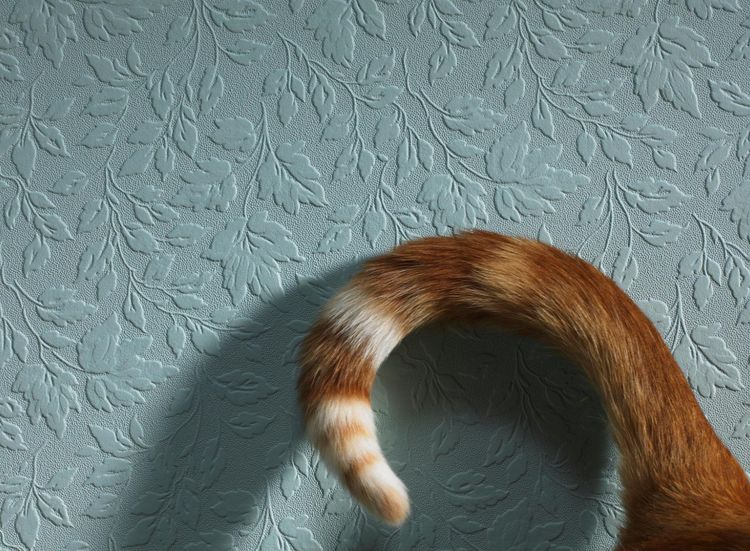
Feline communication is a complex system of sign language, some vocalization, and even scent cues people can’t detect. Signals help define and reinforce the cat’s social position and smooth cat-to-cat, cat-to-people, and cat-to-dog relationships.
Silent communication can be as subtle as a gently flicked tail. Misreading a cat’s clear signal may prompt a hissy fit or worse — injury to you, or your other pets.
Friendly cat tails seek to decrease the distance between individuals. The high-held tail pointed straight up is the feline equivalent of a “howdy!” and means Kitty welcomes attention and interaction. However, dog tails held straight up with little movement mean the opposite — and in dog-cat households in which pets don’t speak the same language, a spat may ensue.
A relaxed cat's tail curves down and back up in a gentle U. The more interest he feels, the higher the tail. Confident cats also hold their tails high, and when the end barely tips over like a finger waving “hi there,” it means he’s interested in interaction.
Other cat tail signals warn you away with signs to increase the distance between individuals. A wagging tail tells you to “back off!” And when Kitty starts thumping the ground with her tail, she’s ready to attack. A moving tail in cats generally indicates arousal of some sort — excitement, fear, aggression — but your dog may mistake the tail-wagging cat as an invitation to approach. After all, doggy wags often mean, “come close, let’s be friends.”
The end of the tail flicking back and forth usually indicates frustration or heightened emotion. Tabby may do this when the bumbling puppy won’t back off. If this tail warning to back off is ignored, the tail escalates to lashing or thumping — and ultimately an attack.
Watch Kitty’s fur level, too. Fur standing straight off the body (piloerection) indicates great arousal. A bristled tail held upright or straight behind the cat indicates aggression — watch out! But the bottlebrush tail held in an inverted U shows fear or defensiveness, and if push comes to shove, the cat will shove back with all claws bared.
Tucking the tail between the legs signals ultimate fear. That doesn’t mean Kitty won’t resort to using claws and teeth, though, if she’s cornered. You’ll usually also hear lots of hissing, growling, and other vocalizations, and the terrified cat may crouch low to the floor with ears slicked back. Or she may turn onto her back — not in submission, but to get all four claw-filled paws ready for defense. Once again, this can confuse dogs (and owners), who misinterpret rolling over as a sign of submission. Cats don’t do submission.
It’s important that cat owners recognize feline “tail talk” because many behavior problems are a result from miscommunication. Cats tell us how they feel and what they want, and they must think humans are incredibly dense not to understand.
If you are an equal opportunity pet lover who shares your home with both dogs and cats, you may need to act as an interpreter. It can take a while for dogs to understand what Kitty tells them (and vice versa). Becoming multilingual solves or prevents a host of potential pet problems.
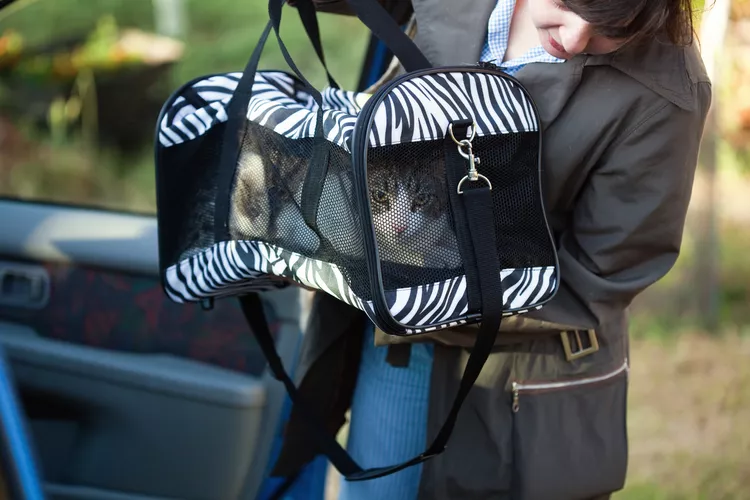
How to Take a Car Trip With Your Cat
Think you can't travel with your cat? Think again! Traveling with your cat just takes a little preparation and planning. Here's how.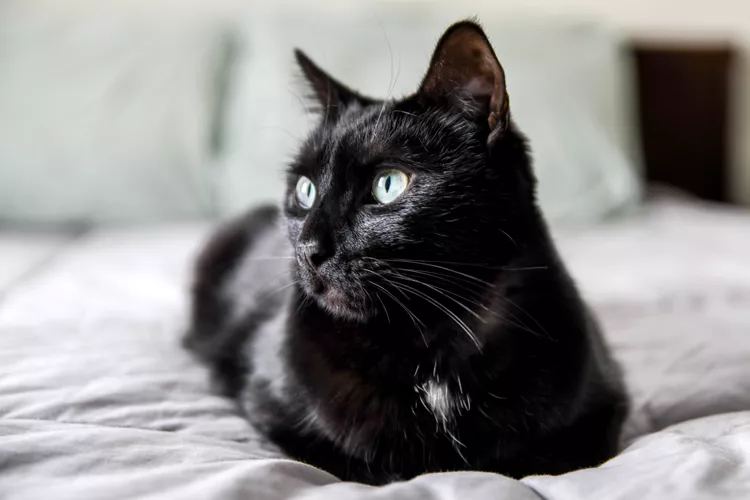
How to Determine Your Cat's Age
Determining the age of an adopted cat is just guesswork, but a vet can look at teeth, sexual maturity, fur coat, and eyes to estimate.
Cat Food Ingredients to Avoid
When checking the nutrition content of cat food, look for ingredients that are not healthy or show it is of poor quality. Avoid these 3 ingredients.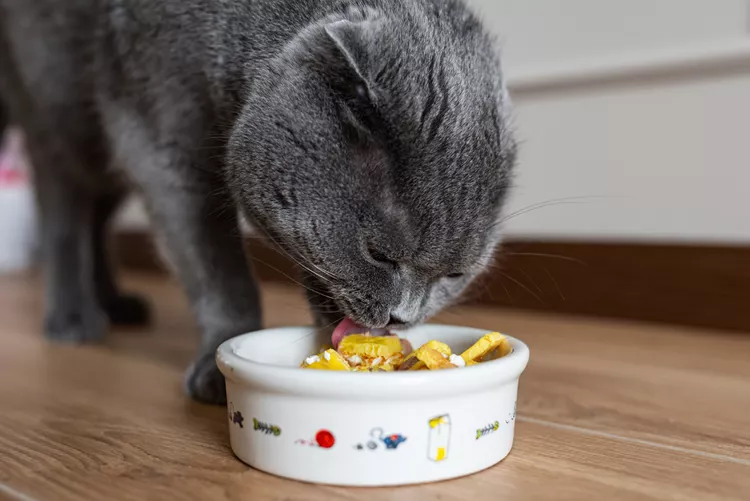
What You Need to Know About Homemade Cat Food
If you want to cook for your cat, make sure to read about the risks associated with homemade diets for cats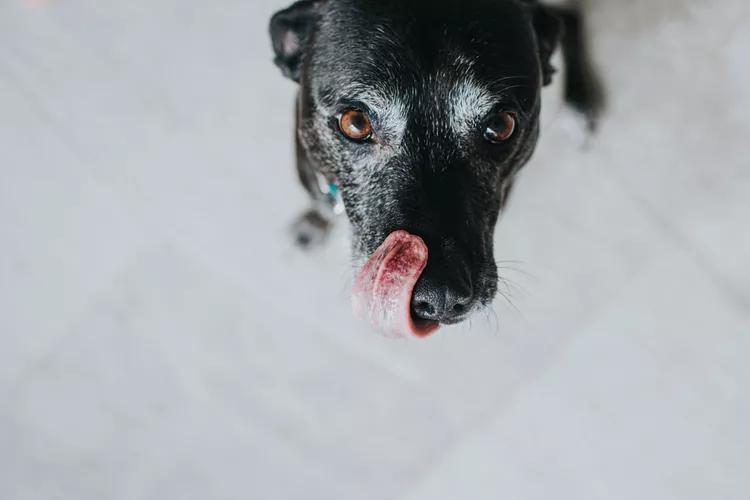
Can Dogs Eat Raw Chicken Feet?
What are the potential health benefits of chicken feet for dogs? What are the risks?
Macadamia Nuts and other Nuts That Are Toxic to Dogs
Find out why macadamia and other nuts are poisonous to dogs, what signs to look for, and what is needed to treat the toxicity.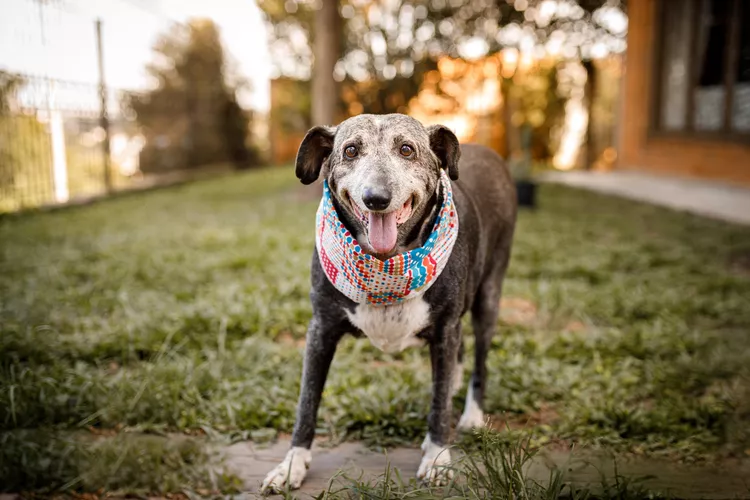
10 Tips for Taking Care of a Senior Dog
Is your dog a senior? Changes to their diet, exercise, and care are required. Here's how to make sure they're living their best and healthiest life.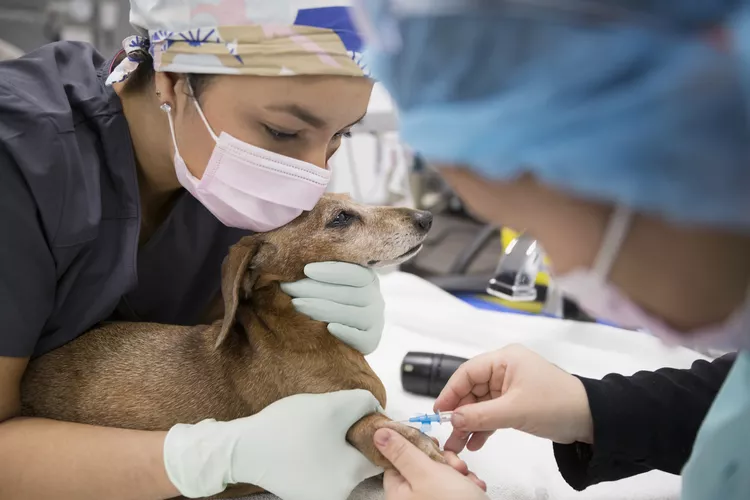
Hookworms in Dogs
Hookworms can make a dog uncomfortable but may also lead to serious blood loss and anemia. Learn the causes, treatment, and prevention.
Is Swiffer WetJet Safe to Use Around My Pet?
ASPCA toxicologists deemed Swiffer WetJet to be safe for use around pets, but there are other all-natural floor cleaning options available.
Can Dogs Eat Bread?
Is bread a safe snack for you dog? Are there kinds of bread you should avoid? Learn more about whether it's okay to feed your dog bread.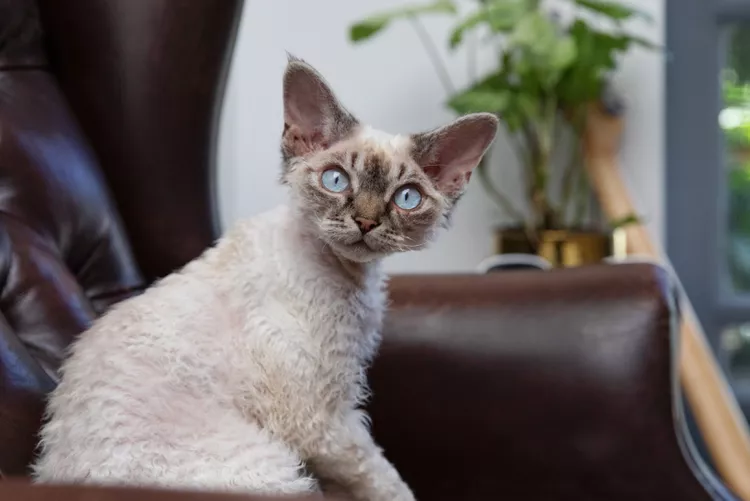
14 Hypoallergenic Cat Breeds for People With Allergies
There are no true hypoallergenic cat breeds. But some, such as the Siamese and Siberian, might be less likely to cause allergies than others.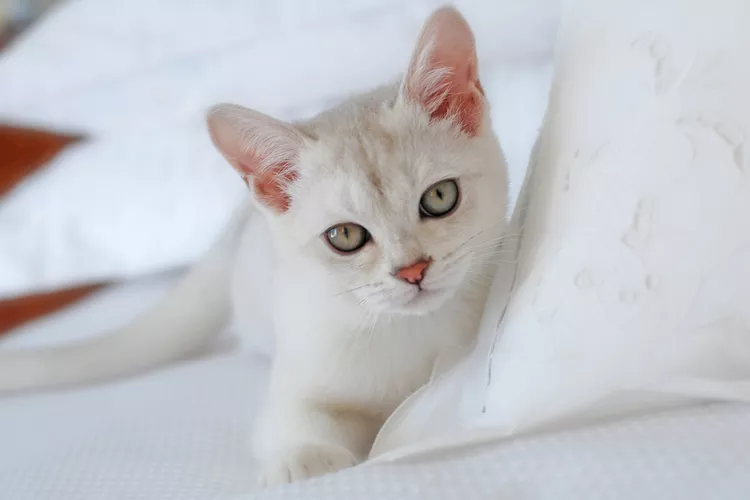
Burmilla: Cat Breed Profile, Characteristics & Care
The playful and social burmilla is one of the newest cat breeds to be officially recognized by the CFA. Learn about burmilla breed.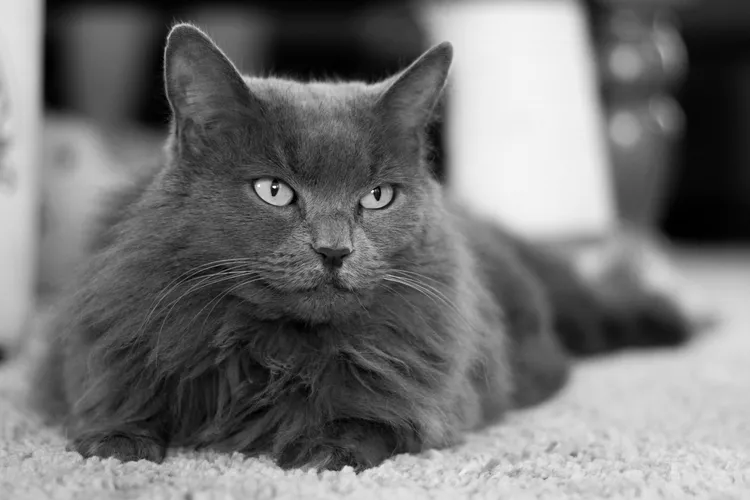
Nebelung: Cat Breed Profile, Characteristics & Care
The Nebelung is a rare breed of domestic cat that’s known for their long gray-blue fur and gorgeous green eyes. Learn about the Nebelung cat breed.
Cymric: Cat Breed Profile, Characteristics & Care
The Cymric, a long-haired Manx, is one of the world's oldest cat breeds. This tailless cat is friendly and playful. Learn about the Cymric breed.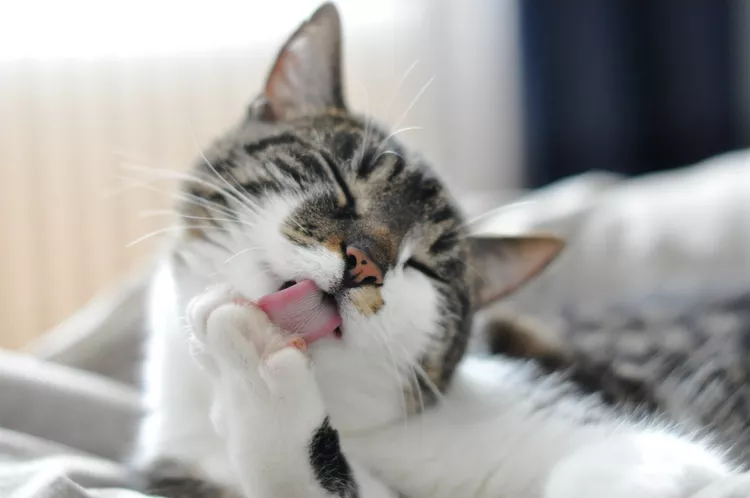
Here's Why Cats Groom Themselves
Learn all about cats' grooming habits: how and why cats groom, including mutual grooming, over-grooming, and displacement grooming!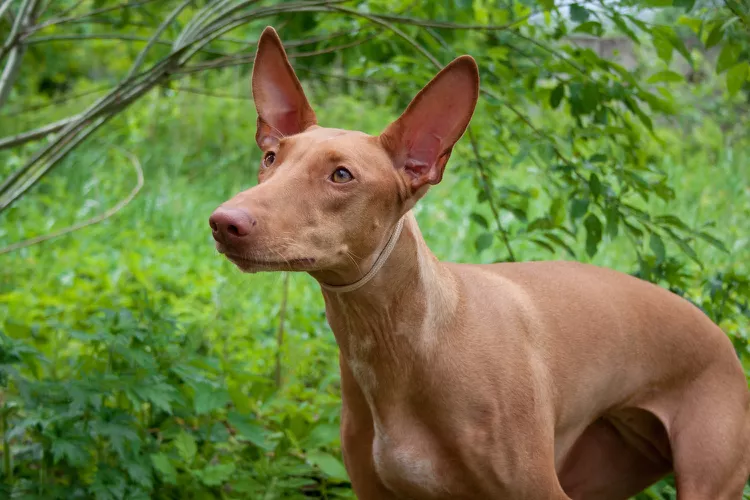
Pharaoh Hound: Dog Breed Characteristics & Care
Learn all about the Pharaoh hound, a sight hound dog breed known for their slim appearance and the ability to blush when excited.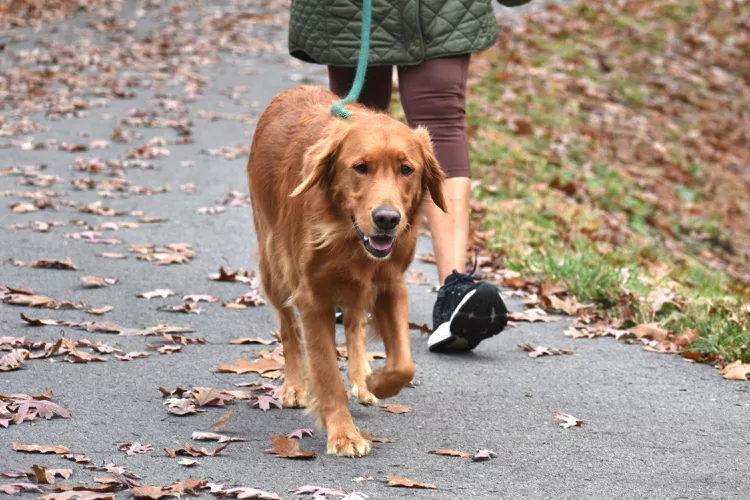
How to Walk Your Dog
Dog walks should be fun for your dog while respecting your community. Learn why walking your dog is important and get essential safety and training tips.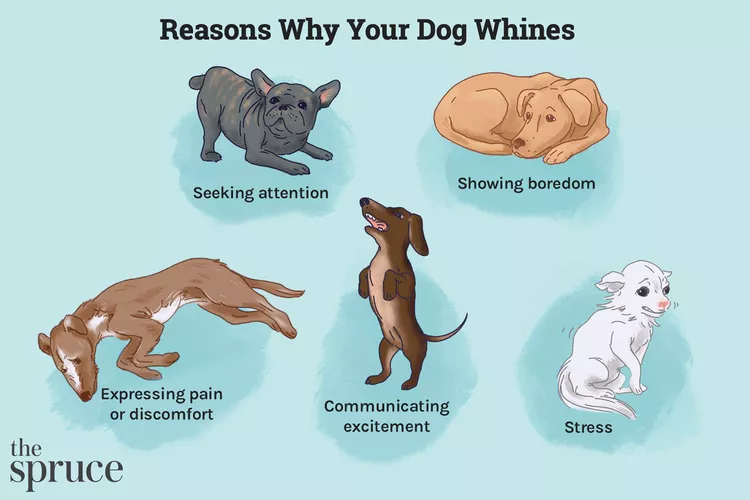
How to Stop Your Dog From Whining
Whining is a natural way for your dog to communicate with you. Explore the reasons dogs whine and how to discourage your dog from whining too much.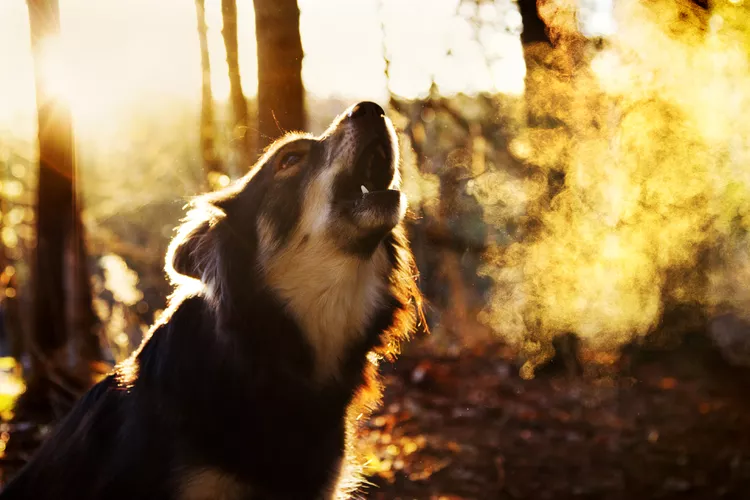
How to Stop Your Dog From Barking Excessively
All dogs bark, but excessive barking is a behavior problem. Learn how to help stop excessive barking and prevent it from happening all the time.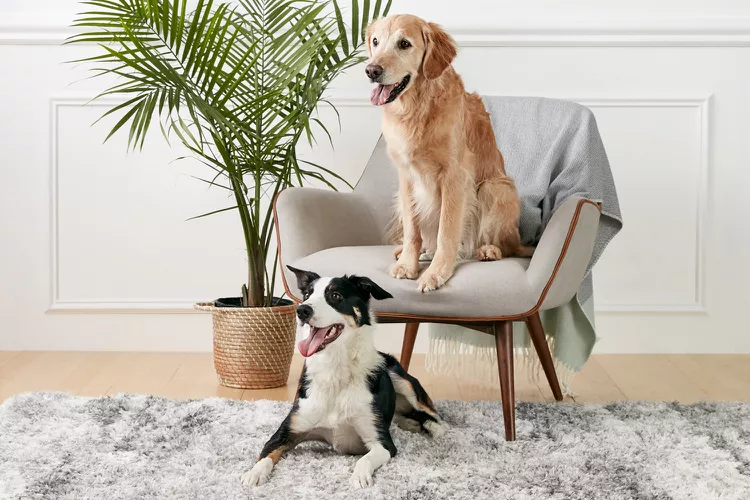
How to Train Your Dog to Live With Another Dog
When you add a second dog to your household, it's natural that there will be an adjustment period. Learn how to get two dogs to become acquainted.